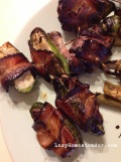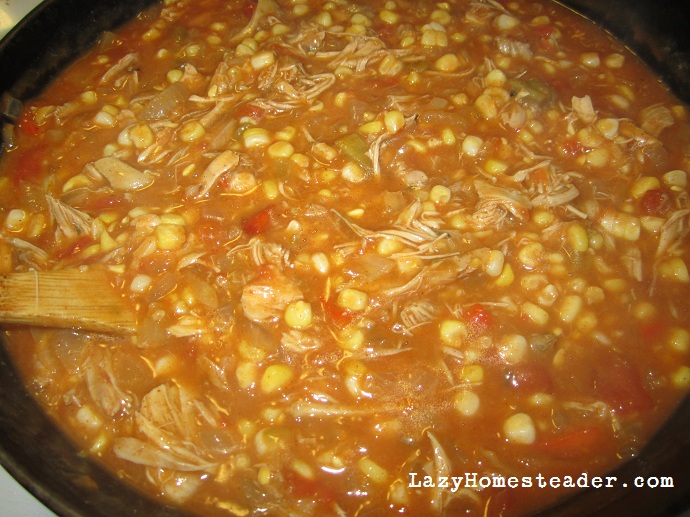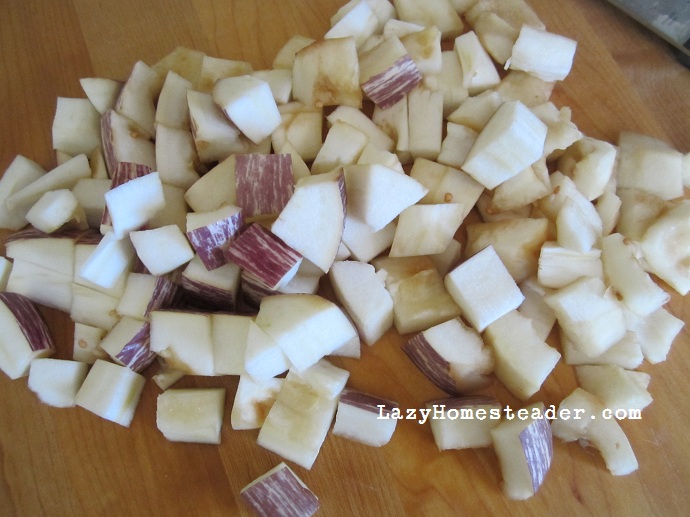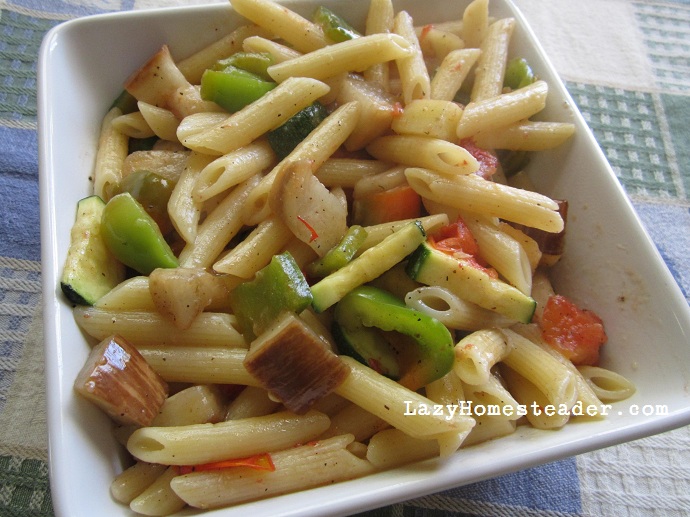As you can tell, I’ve had a hard time keeping the blog updated lately. I have really been enjoying Texas. We’ve taken a few trips to the beach and we have a camping trip or two in our future as well.
Homesteading wise things have been going slow. Very slow. Thank goodness for the CSA shares.
The garlic I smuggled down here to S.A. with me from Denver did not make it. I thought I would cry over it, but instead I just bitterly yanked out the plants from their pots. Our compost bins (a tumbler set-up we bought when we got here) is awesome, though. Full of black fly larva (!!) and cooks in just days. It’s truly amazing.
We finally got a plot in the community garden in our neighborhood. Its a 4’x8′ bed. So far we have tomatoes, chard and kale planted. It feels strange to be planting things now, but we are happy to have our hands in the dirt.
I began work on organizing a chicken coop tour here. There was a lot of excitement generated at the beginning but it has fizzled out a bit. The interest is really strong, but the city ordinances restrict the number of allowed chickens to three without a permit, and I had quite a few coop owners back out for fear of getting caught with too many birds. Sound familiar Denver? We’ll try again soon and hopefully the tour will actually happen.
Otherwise I’ve been busy with schooling the kiddos and trying to meet people, as well as checking in with friends and family to see that they are safe in all the flooding back home in Colorado (so far they all are).
Rick had a work sponsored dove hunt a couple of weeks ago. He took H with him and they had a grand time. H got to have is first (and second and third) soda pop. He had two Sprites and a Coke, plus a Gatorade. He filled up on chips and beef jerky, came home with a pocket knife (the prize for being the youngest “hunter”), a rubber copperhead snake which he found near a truck tire, a $20 bill for retrieving the birds, and a bag of spent shotgun shells, which Rick promised to pay him a nickel a shell. He had over 200 shells. He was the youngest of only a handful of kids there, was newly missing his front teeth, and Rick’s boss and co-workers completely spoiled him.
They brought home 8 doves and a pigeon. Rick froze the pigeon whole and kept the wings to train our dog with later (I did tell you we got a dog, right?), and breasted out the doves.
We had a nice heap of jalapenos from the CSA, so of course we made poppers. They are simple to make, and as with all things made with bacon, delicious. We tried some with and some without cream cheese. I preferred them with and Rick preferred them without. But they were good both ways. Also in our pictures you can see a couple of bell pepper pieces in there which we used to make a mild popper for the wee kids.
Grilled Bacon Dove Jalapeno Poppers
Breasts from 8 doves (16 pieces)
8 jalapeno peppers, halved lengthwise and seeds removed
Cream Cheese (optional)
8 slices of bacon, halved
16 toothpicks
After slicing and scraping out your jalapenos, schmear each pepper with some cream cheese. Lay one dove breast half on each pepper. Wrap each pepper half with a half-a-slice of bacon and skewer closed with a tooth pick. Place poppers into a grill basket, and grill over a hot fire until the bacon is done, turning often. Keep an eye on them as the bacon fat can easily light up the coals. Remove toothpicks and enjoy.






























